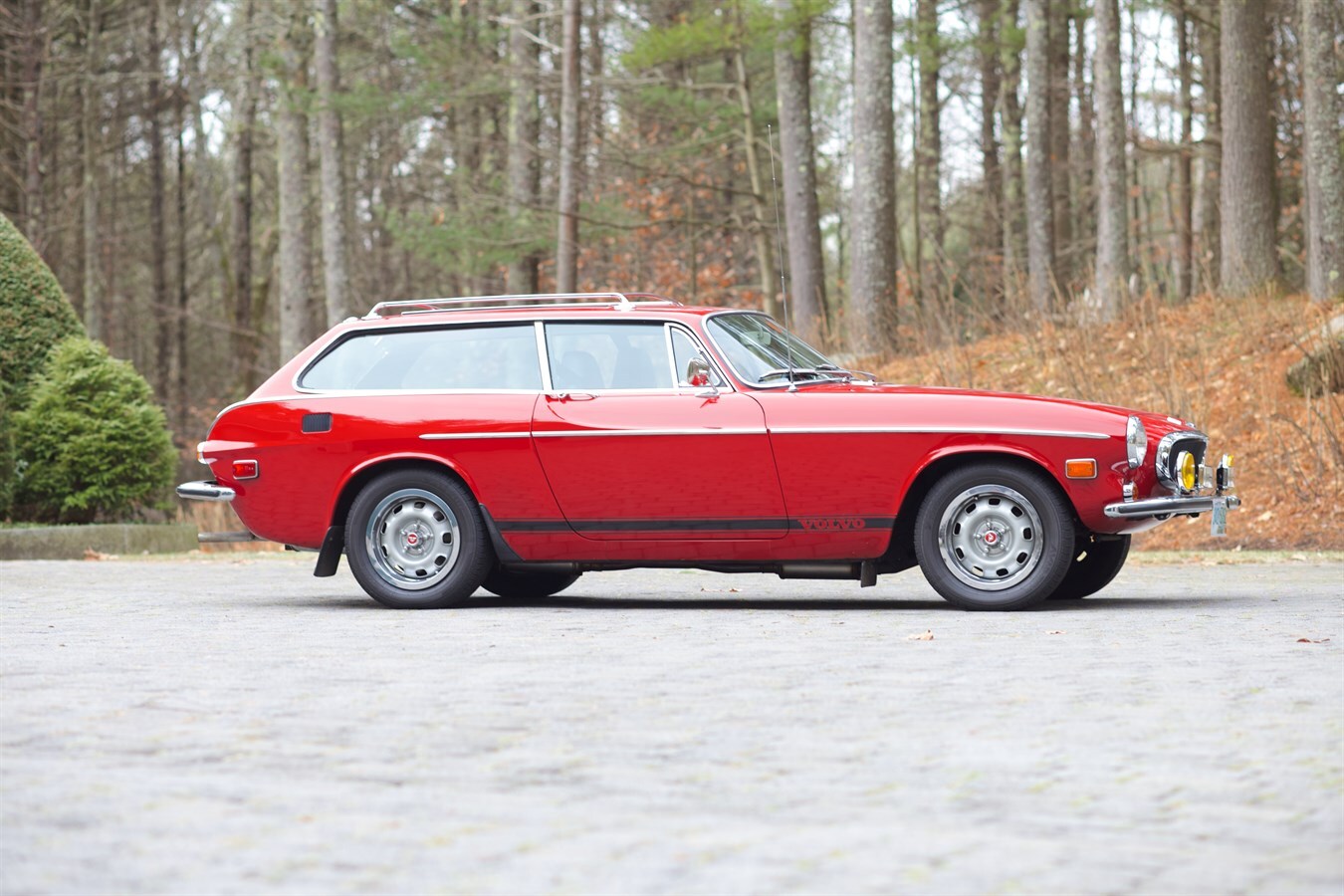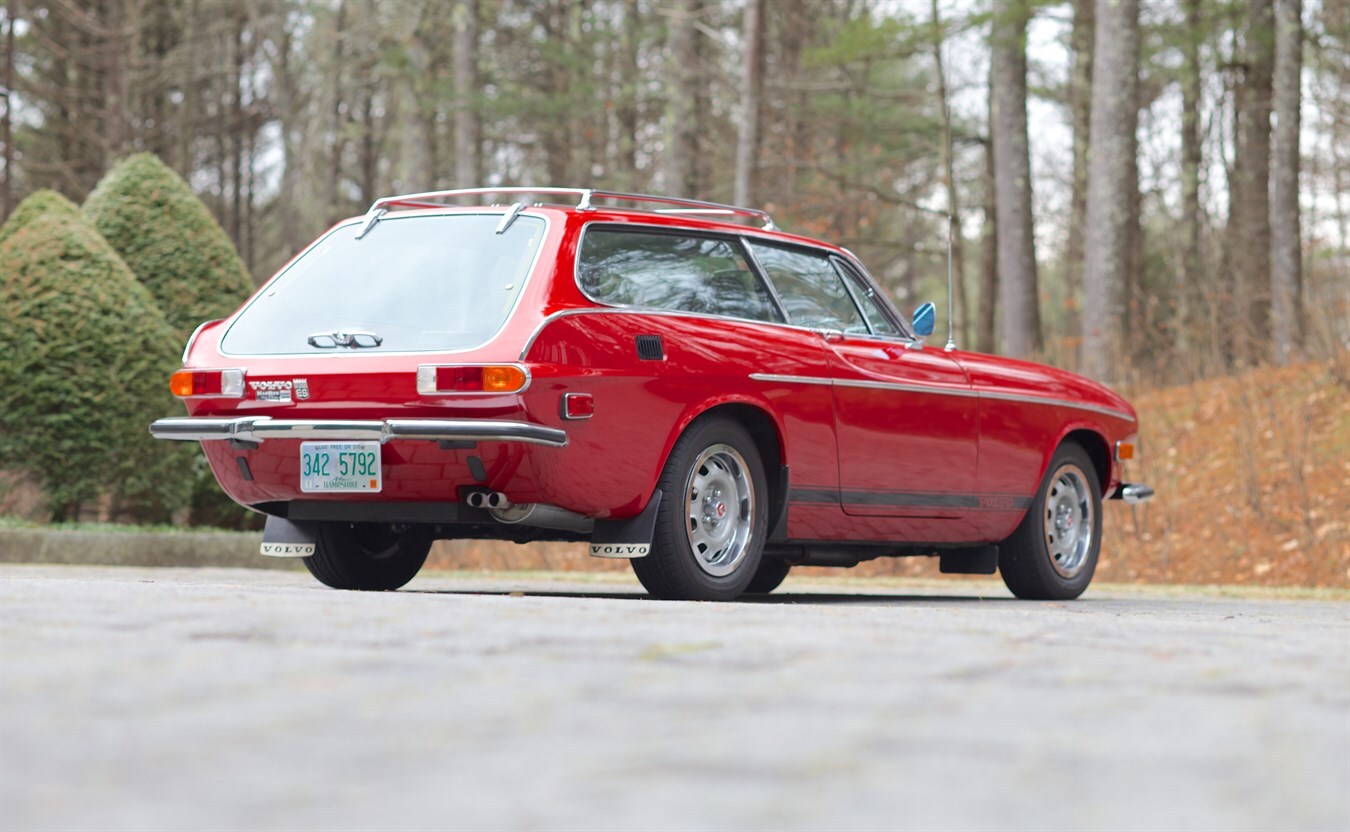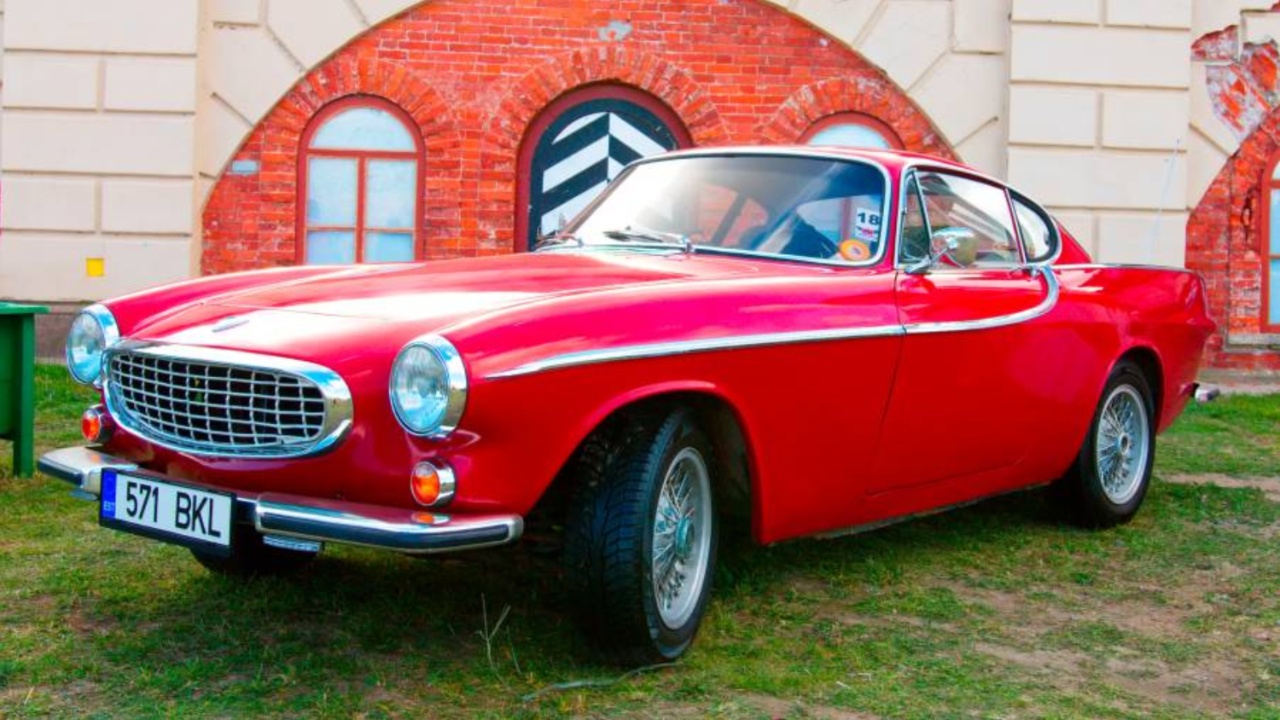The Volvo 240 wagon may hold widespread recognition among Volvo family vehicles, but its allure pales in comparison to the captivating charm of the Volvo 1800ES. Standing out as a brief yet fascinating fusion of shooting brake, wagon, GT, and estate, this model showcases a distinctive frameless glass rear hatch design that would later reappear in Volvo’s future creations.
Currently available for bidding on Bring a Trailer, this 1973 delight in a vibrant orange hue embodies the spirit of innovation within the automotive realm. Bring a Trailer, affiliated with Hearst Autos, provides a platform for enthusiasts to vie for ownership.
While Volvo boasts a rich history of wagon and estate development, the 1800ES represents a departure, an expressive statement from a traditionally conservative company. Derived from the P1800 coupe unveiled in 1961, the P1800ES, often referred to as the 1800ES, emerged as a design by Jan Wilsgaard in Göteborg, deviating from initial radical prototypes by Italian designers Sergio Coggiola and Pietro Frua.

The two prototypes, now showcased in the Volvo Museum in Sweden, paved the way for Wilsgaard’s “Beach Car” design. Notably, Wilsgaard, a key figure in Volvo’s design history, contributed to groundbreaking models like the Amazon (P1200), the 144 sedan, the 145 wagon, the revered 240, and the 740.
Functioning as an elongated version of the 1800 coupe, the 1800ES seamlessly integrates enlarged rear quarters into its slightly asymmetrical rear design, maintaining a touch of vestigial rear fins. Enthusiasts argue over the design’s merits, with some asserting its superiority, thanks to the streamlined rear flanks.
The expansive rectangular glass area, complemented by a large glass rear hatch, earned the 1800ES the moniker “Snow White’s Coffin” in Germany and the whimsical “fish car” in Sweden.
Production of the 1800ES commenced alongside the 1800 coupe in 1972, prompting Car and Driver to note that Volvo had successfully reversed the concept of turning station wagons into sports cars. Volvo president Stig Jansson envisioned the model appealing to sportsmen and long-distance tourers seeking a blend of sports car styling and wagon practicality.

Unfortunately, after just two years in the market, the 1800ES, and its 1800 coupe counterpart ceased production due to the financial challenges posed by changing U.S. bumper regulations. Despite considerations of adapting ungainly bumpers, the consensus was that such modifications would irreversibly compromise the car’s aesthetics. With slow sales and the coupe’s aging design, both variants concluded production at the end of 1973, with around 8078 1800ES examples produced.
The showcased 1973 model, with a claimed 85,000 miles, retains its original 2.0-liter 121-horsepower B20 four-cylinder engine. Noteworthy modifications include a replacement of the original three-speed automatic transmission with a desirable four-speed featuring an electric overdrive unit.
Mechanical enhancements such as a four-into-one exhaust header, IPD front and rear anti-roll bars, and Bilstein dampers contribute to the car’s performance. The interior has been rejuvenated with fresh leather upholstery on the seats, along with replacements for the headliner, interior panels, and dash upholstery.
While this Volvo 1800ES is presented as clean enough for display, it deviates from being a museum piece, allowing its owner the joy of regular driving without reservations.
The auction for this distinctive Volvo 1800ES concludes on December 6.

